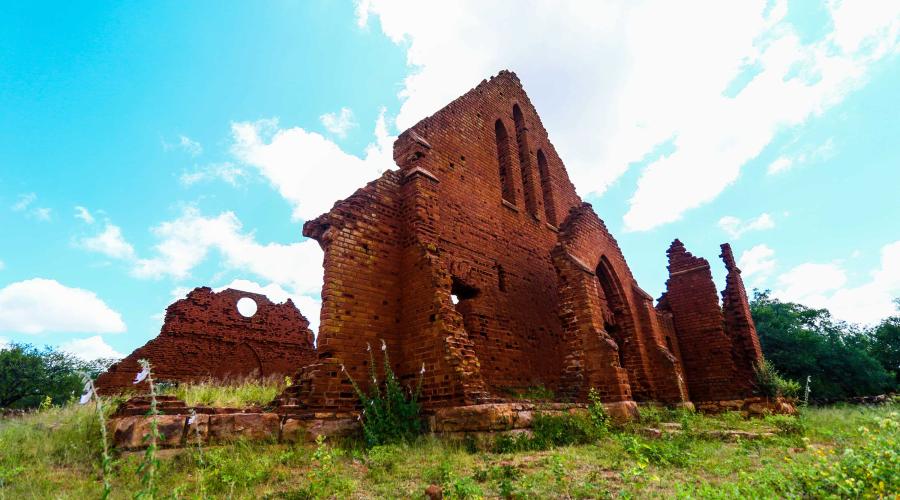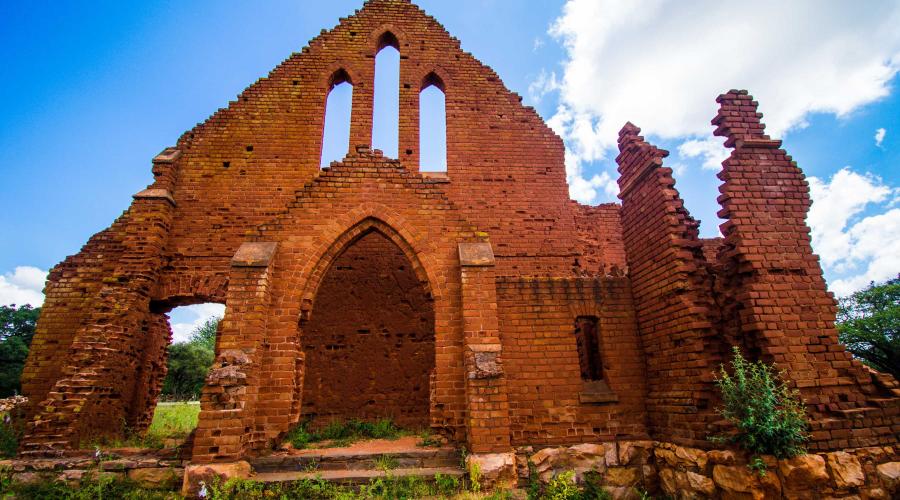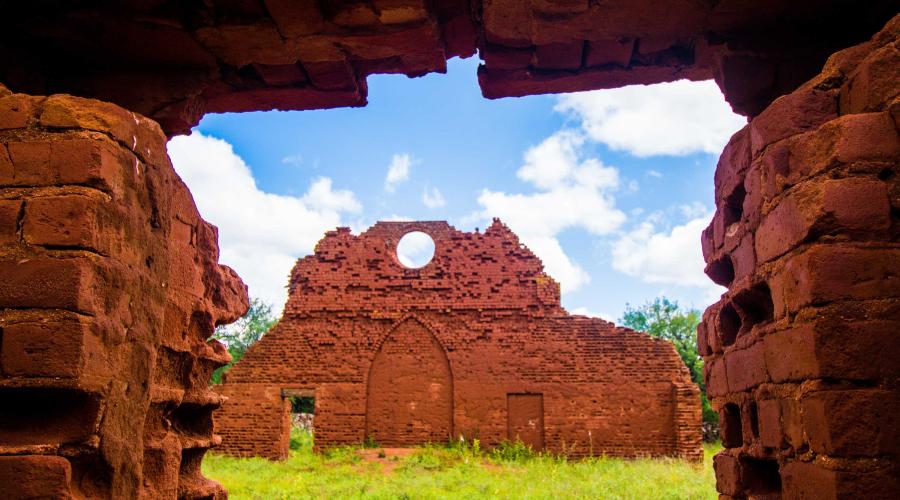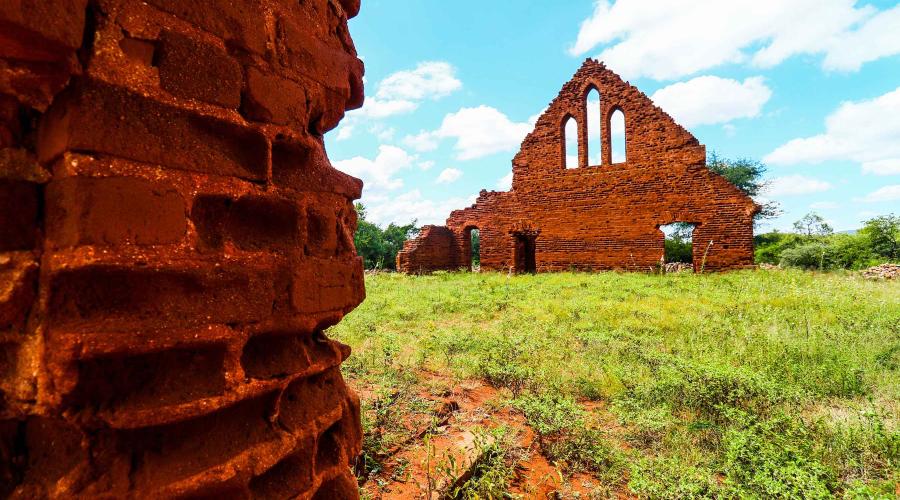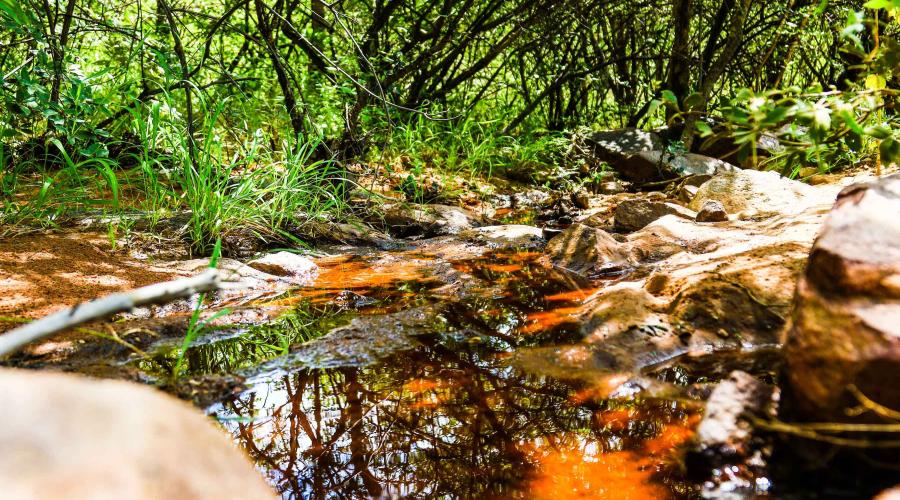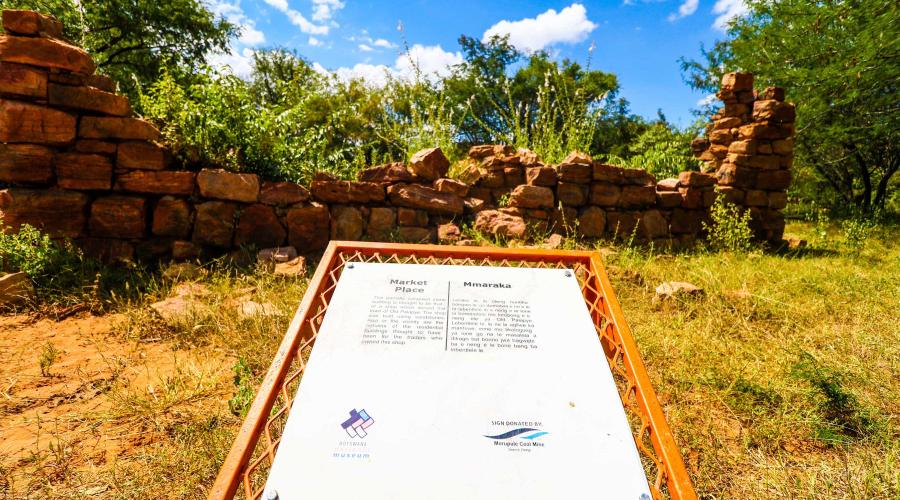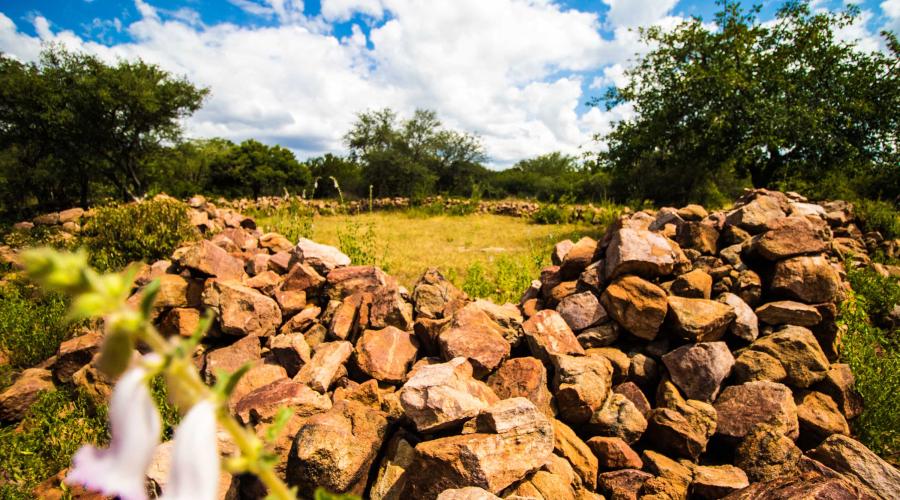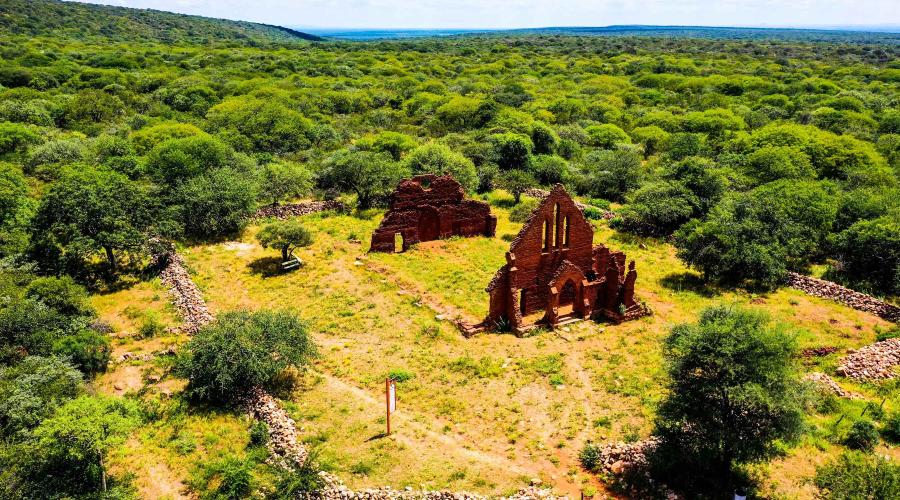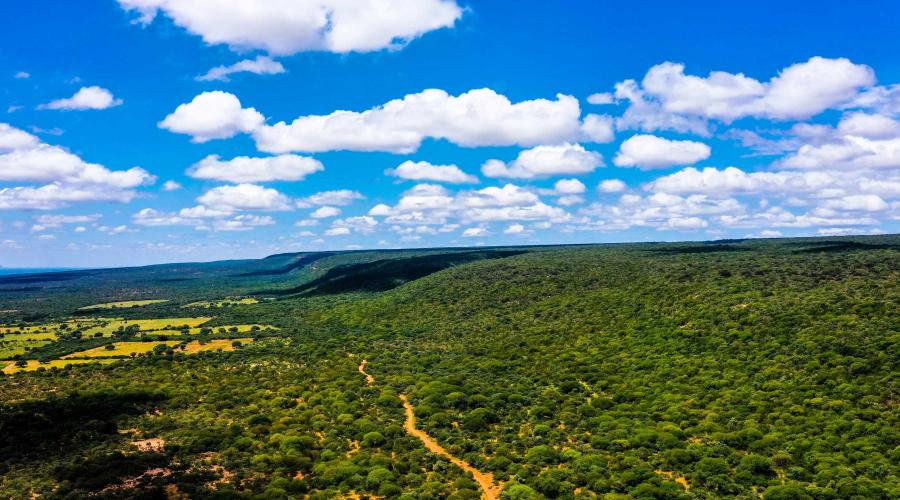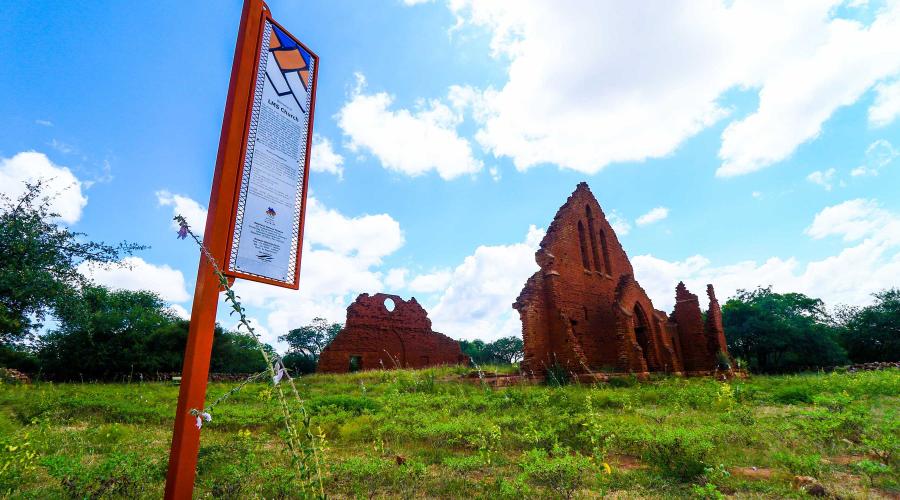Old Palapye is a significant multicultural historical site containing artefacts from the Middle Stone Age, the Late Stone Age, and the Early Iron Age. In contemporary times, the village became the 19th century capital of the Bangwato (led by Khama III), who occupied the area from 1889-1902.
Though only capital for thirteen years, the population of this settlement situated at the foot of the Tswapong Hills is estimated to have been 300 000 people, including resident European missionaries and hunters. The wet, well-watered micro-climate of Tswapong and the perennial springs and waterfalls of Photophoto Valley is believed to have been the main attractions for settlement.
When water supplies dwindled and proved insufficient, the Bangwato left Phalatswe and established their new capital at Serowe, where it remains today.
The occupation of Old Palapye is significant in Botswana's history, particularly its role in restricting the Ndebele's penetration to then Rhodesia. It was critical as a centre for European encounters with Batswana and provides evidence of Botswana's first agro-towns.
Stone walls, middens (the stone remains of rondavels), rock paintings, and the remains of a prison, market centre and historic graves (both Europeans' and Batswana's) can all be seen in Palapye. The most unique structure is the London Missionary Society Church's remains, built between 1891 and 1894. The burnt-brick form's front and back still stand, giving some idea of the considerable effort that would have gone into its construction.
Some wild animals, such as baboons, vervet monkeys, porcupines, rock dassies and leopard, still inhabit the area. There are two Cape Vulture breeding colonies, the largest situated at Gootau, with more than 200 breeding pairs. The village headman must be approached to visit this site, and care should not disturb the birds.
The nearby Photophoto Gorge is less impressive than Moremi Gorge but more accessible. It is used to water livestock and for religious rituals.
Situated near Malaka village (where there are waterfalls), Old Palapye has been earmarked for further tourism development through the Malaka community-based tourism project. This will be conducted in conjunction with developments at Tswapong Hills. Old Palapye was gazetted as a National Monument in 1938, falling under the National Museum and Monuments' jurisdiction.



